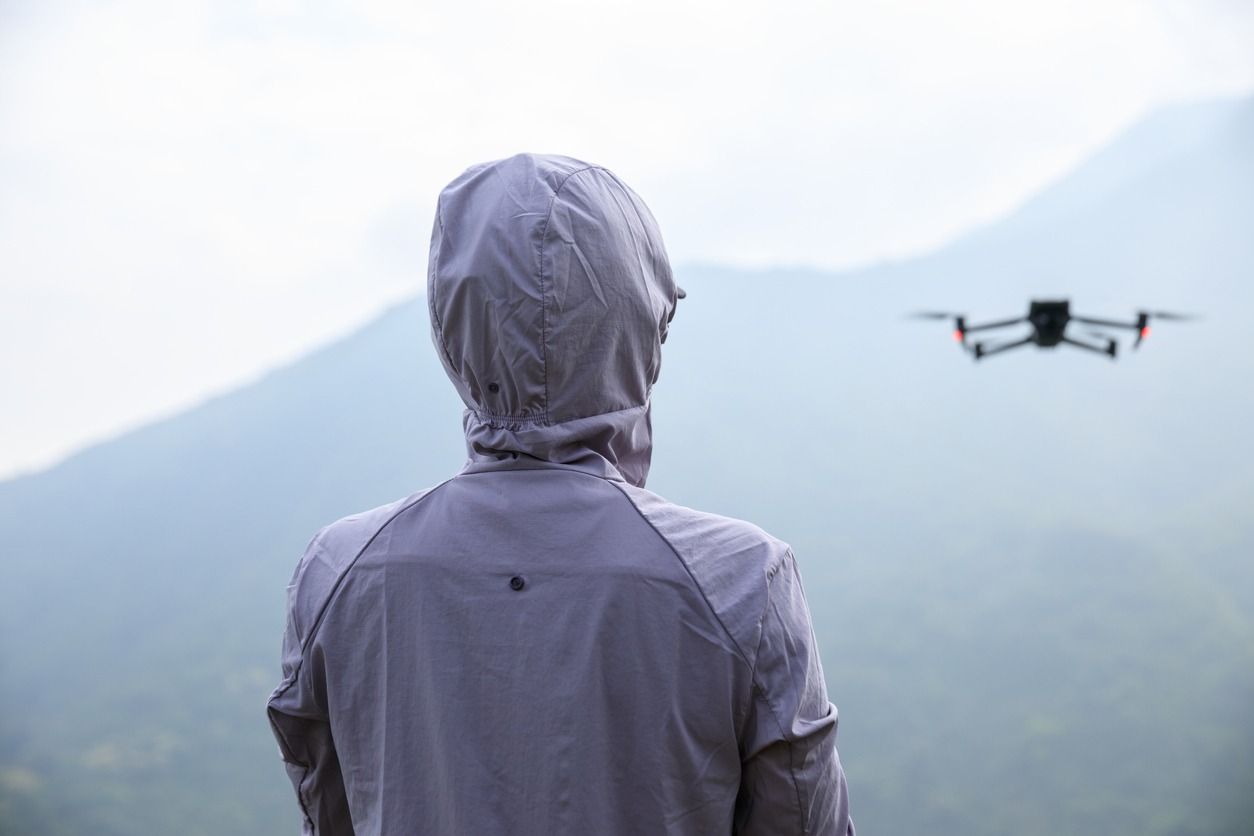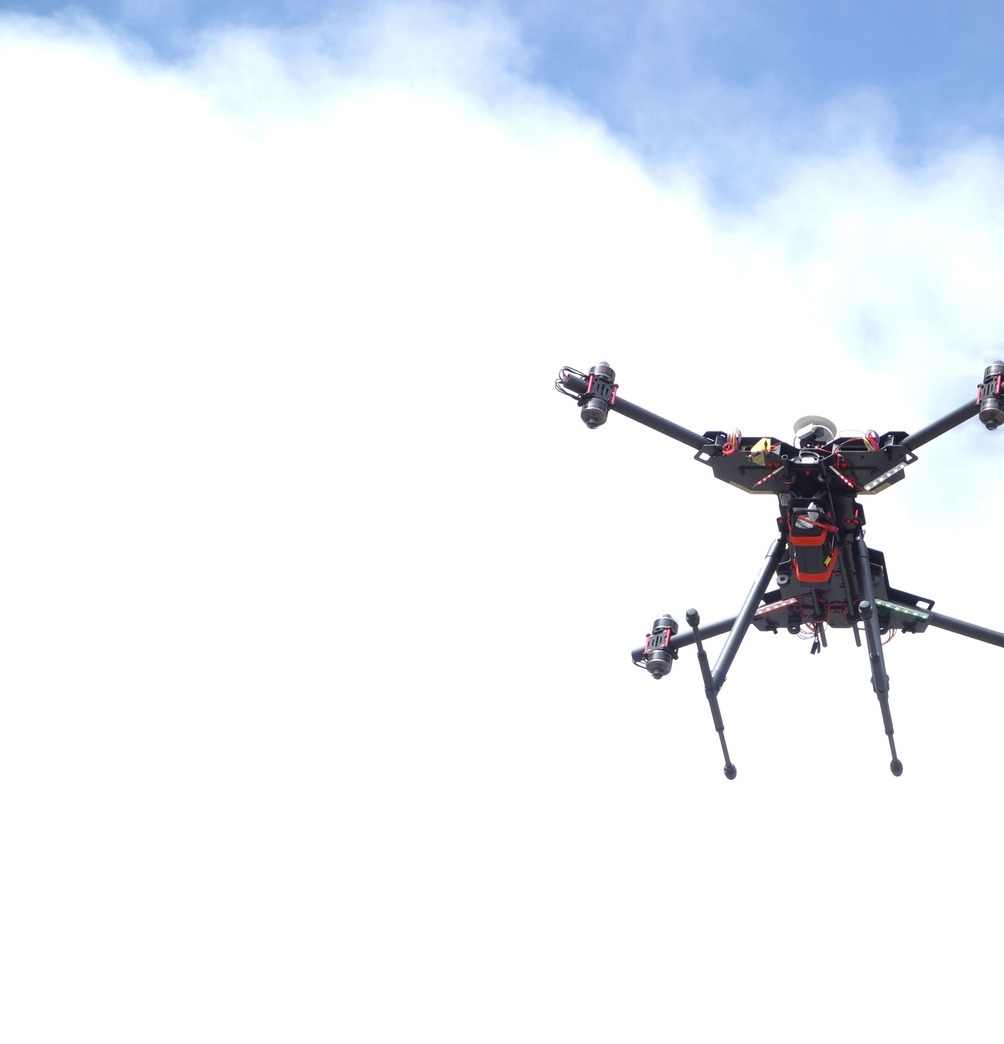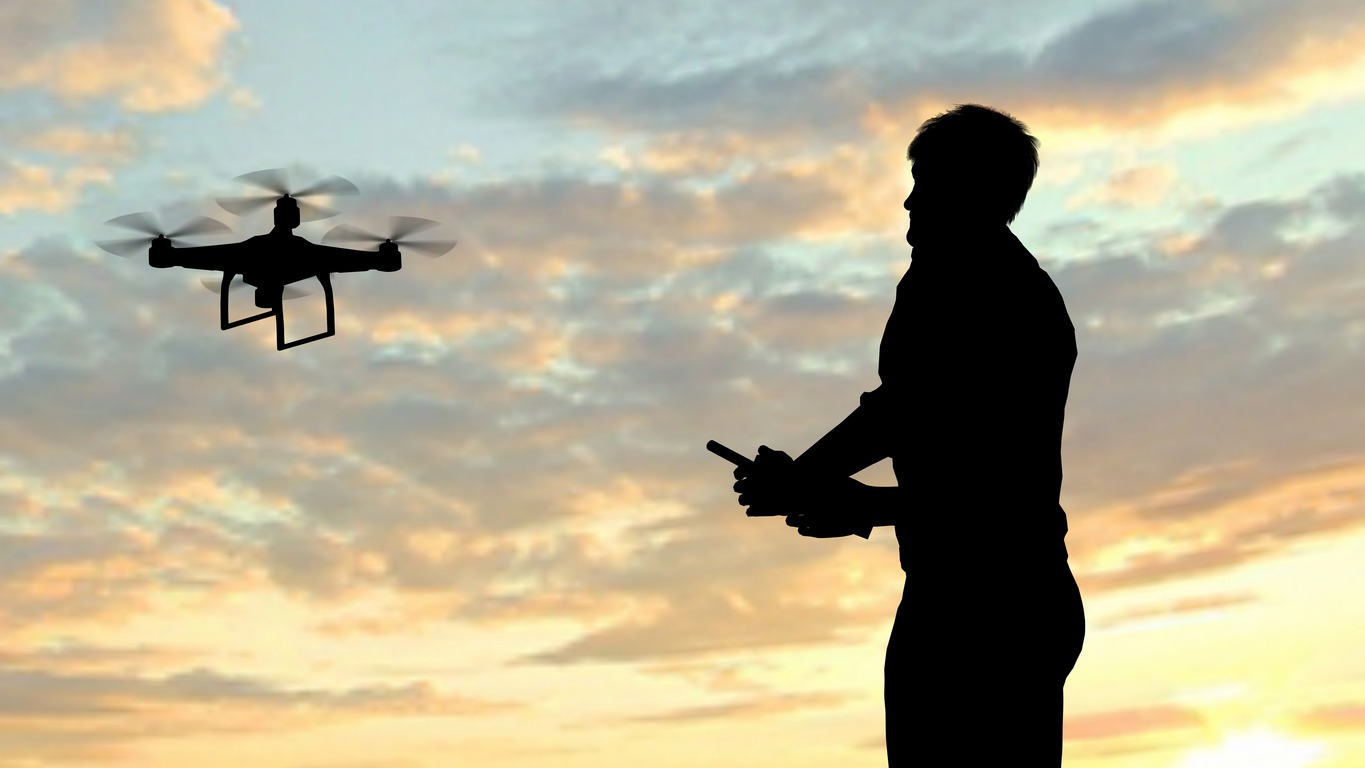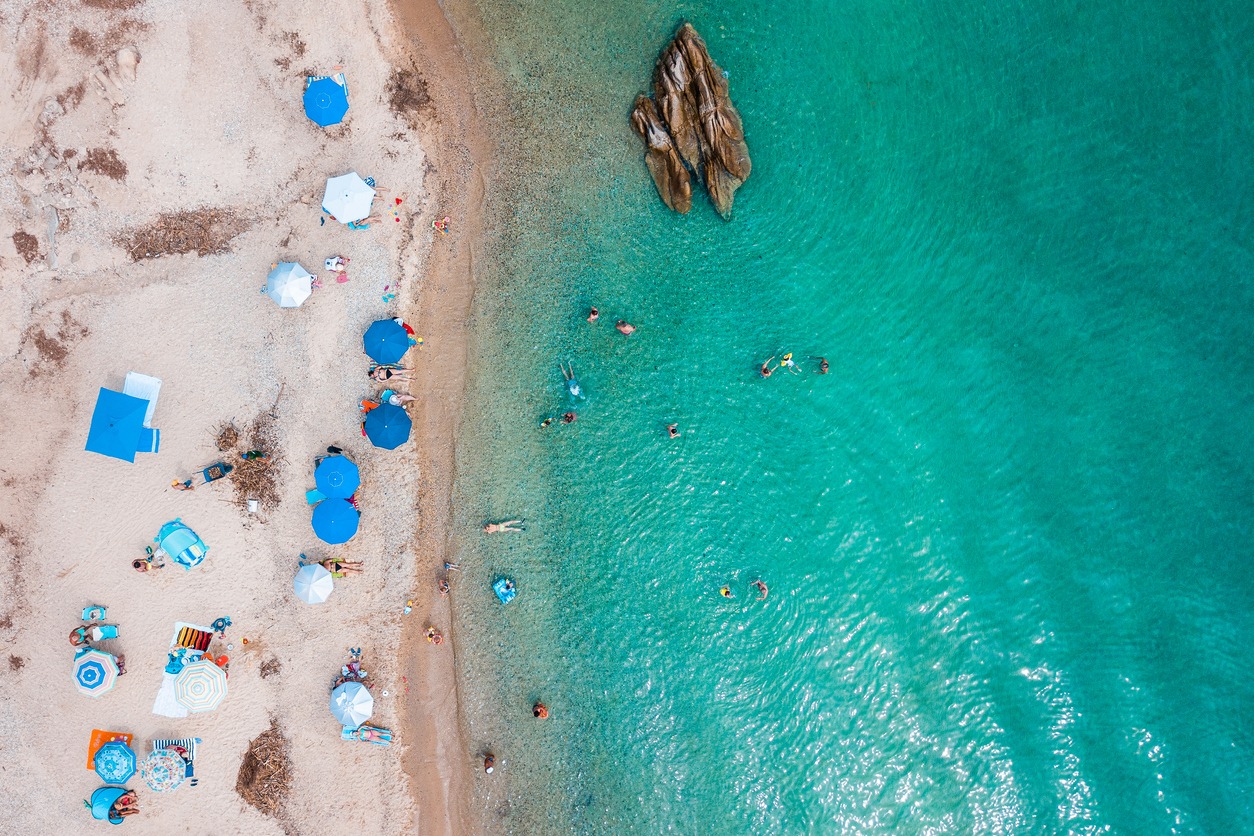In today’s era of social media, where sharing captivating visuals is a norm, it’s natural to desire that your outdoor experiences are fully captured in stunning videos.
A drone video refers to footage captured by a remotely piloted aircraft, commonly known as a drone. It involves using the drone’s camera to capture aerial shots and perspectives, providing a unique viewpoint and allowing for dynamic and immersive visuals in video productions. However, have you ever pondered why your own edited videos don’t possess the same awe-inspiring quality as those shared by your favorite social media personalities? Below are a few tips showcasing the expertise of talented professionals as they capture captivating drone shots.
Mastering drone flying skills:
Skilled professionals demonstrate their expertise in capturing stunning drone shots and integrating them into compelling narratives through various concrete and practical ways:
Properly grip the controller
Start by holding the controller with a firm but relaxed grip. This will provide stability and help you make precise movements while flying the drone. Keep your fingers on the control sticks and avoid excessive tension, which can lead to jerky movements. There are different shapes of controllers that you would need to get used to, depending on the hobby drone or drone kit you bought. In order to know which controllers and drones are suitable for you, you can read the Beginner’s Guide to Buying a Hobby Drone.
Practice smooth joystick movements
Use the control sticks on the drone controller to maneuver the drone in a controlled manner. Avoid abrupt or sudden movements, as they can result in shaky footage. Instead, focus on smooth and gradual joystick movements to ensure the drone moves steadily and smoothly through the air.
Gradually increase flying speed
When you first start flying, begin at a slower speed to get accustomed to the controls and gain confidence. As you become more comfortable and proficient, gradually increase the speed of the drone. This allows you to maintain stability while capturing footage and reduces the risk of shaky or blurred shots.
Gradually increase altitude
Similarly, start by flying the drone at a lower altitude and gradually increase it as you gain more experience. This allows you to focus on maintaining control and stability at lower heights before venturing higher. As you become more confident, you can gradually increase the altitude to capture different perspectives and expansive views.
Be mindful of wind conditions
Wind can significantly affect the stability of your drone during flight. When flying in windy conditions, it’s important to adjust your flying speed and maneuvers accordingly. Slow down and make smoother adjustments to compensate for the wind, ensuring that your footage remains stable and free from excessive movement caused by gusts.
Practice in open areas
When starting out, choose open areas with ample space to practice flying the drone. This provides more room for maneuvering and reduces the risk of collisions with obstacles. Open spaces also allow you to focus on maintaining a steady hand and gradually increasing your flying speed and altitude without worrying about potential hazards.
Pay attention to the drone’s orientation:
When flying a drone and capturing footage, it’s crucial to pay attention to the drone’s orientation and use the controller’s gimbal controls to adjust the camera angle for the desired shot. Here are some practical ways to accomplish this:
Understand drone’s orientation
Before taking off, familiarize yourself with how the drone is positioned in the air. Most drones have colored LED lights that indicate the front and back of the aircraft. This will help you maintain visual awareness of the drone’s direction during flight.
Use controller’s gimbal controls
The gimbal is a mechanism that stabilizes the camera attached to the drone. It allows you to adjust the camera’s angle independently of the drone’s movement. Take advantage of the gimbal controls on your drone controller to tilt the camera up, down, left, or right to achieve the desired framing and composition for your shot.
Plan shots in advance
Before taking off, have a clear idea of the shots you want to capture. Visualize the angles and perspectives you want to showcase in your footage. By planning ahead, you can make precise adjustments to the camera angle using the gimbal controls, ensuring that you capture the desired shot effectively.
Practice smooth movements
When adjusting the camera angle during flight, aim for smooth and gradual movements. Avoid making sudden or jerky adjustments, as they can result in shaky footage. Practice refining your control over the gimbal controls to achieve fluid camera movements that enhance the visual quality of your footage.
Experiment different angles
Don’t be afraid to explore different camera angles and perspectives to add variety to your footage. Tilt the camera upward for aerial views, point it downward for unique top-down shots, or pan it sideways for dynamic tracking shots. By experimenting with different camera angles, you can create visually captivating and engaging footage.
Practice smooth takeoffs and landings:
Smooth takeoffs and landings are crucial for stable drone footage. By maintaining precise control and gradual movements, you can avoid shaky footage and achieve a seamless aerial video experience. Here are some vital information to help you achieve smooth takeoffs and landings:
Prepare the drone
Before taking off, ensure that your drone is in good condition and all components are properly attached. Check the propellers for any damage or debris and make sure they are securely fastened. Also, ensure that the drone’s battery is fully charged to provide sufficient power for a smooth flight.
If you have bought a drone kit, make sure that every part is secure and no parts won’t fall off during flight. Check out our Guide to Building Your Own Drone with a Drone Kit for more information.
Find a landing area
Look for a flat and clear area without any obstructions, such as trees, buildings, or power lines. Having ample space allows for a safer takeoff and landing, minimizing the chances of the drone hitting any obstacles or uneven terrain.
Gentle ascent during takeoff
Slowly and smoothly increase the throttle to lift the drone off the ground. Avoid sudden or jerky movements with the controls, as this can lead to unstable takeoffs. Gradually increase the altitude while maintaining a steady hand on the controls to achieve a smooth ascent.
Control descent during landing
As you bring the drone down for landing, use the controller to lower the altitude gently. Aim for a controlled descent rather than a rapid drop. Keep a close eye on the drone’s position and adjust the throttle accordingly to achieve a smooth landing.
Land on a flat surface
When landing, choose a flat surface and ensure that the drone touches down evenly. Avoid landing on rough terrain or areas with tall grass, as this can cause the drone to tilt or tip over upon touchdown. Landing on a flat surface provides stability and helps maintain the smoothness of the footage.
Practice hover control
Hovering is an important skill to master, as it allows you to capture stable shots and smoothly transition between different angles and movements. Practice maintaining a stable hover by making small adjustments with the controls to counteract any drifting or unwanted movements.
Utilize the drone’s features
Many drones come equipped with built-in stabilization features, such as gyroscopes or electronic image stabilization. Familiarize yourself with these features and ensure they are properly activated. They can help compensate for small vibrations or movements, further enhancing the stability of your footage.
Conclusion:
When it comes to using a drone to capture video of your outdoor activities, mastering drone flying skills is crucial for achieving smooth and stable footage. Additionally, understanding and selecting the right camera settings can greatly enhance the quality of your outdoor videos, making them stunning and visually appealing. Moreover, it is important to prioritize safety and follow drone regulations to ensure a responsible and enjoyable experience during your outdoor shoots. Taking inspiration from skilled professionals, who effortlessly capture captivating drone shots and seamlessly integrate them into engaging narratives, can help elevate your own videography skills and create compelling visual stories.



